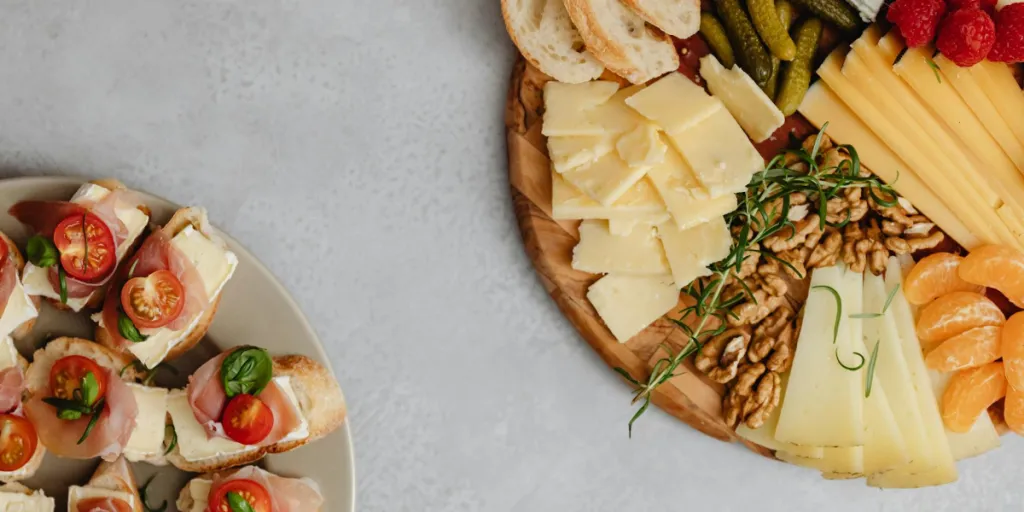Charcuterie boards have been a staple in the culinary world for a long time. They combine a fantastic assortment of cured meats, fruits, nuts, and cheeses on a single platter. The visually stunning display of multiple food items blends textures and tastes that delight eyes and plates together!
The rising food culture and a growing emphasis on aesthetics have made charcuterie a must-have in corporate events, luncheons, food festivals, date nights, and even casual dinners. Such wide-scale adoption of charcuterie boards shows its high-profit potential. Investing in this domain can bring several perks with all the right strategies.
Check out this article to learn about charcuterie board trends and how businesses can ensure their success in this sector.
Table of Contents
The market size for charcuterie boards
4 trends dominating the charcuterie boards’ market
Key considerations for selecting charcuterie boards
Final notes
The market size for charcuterie boards
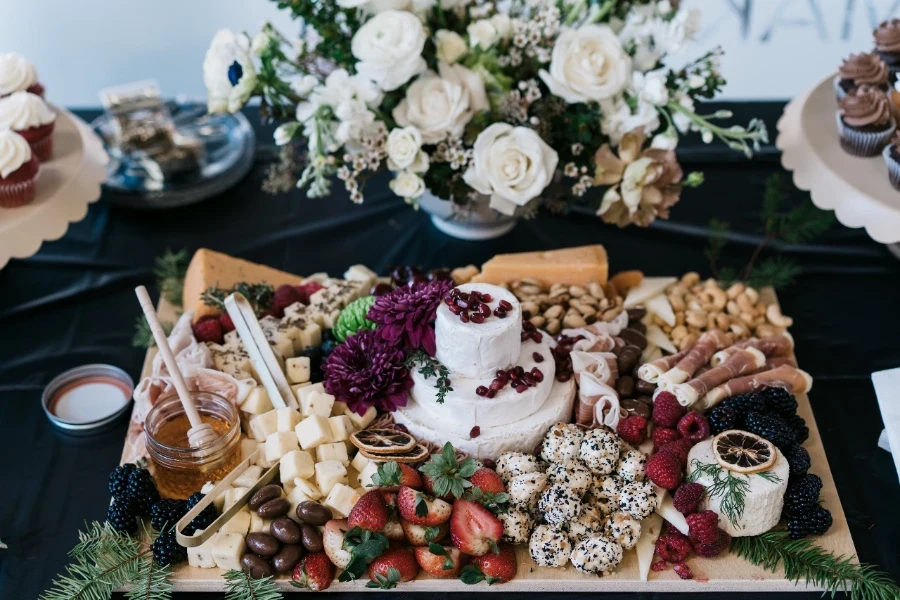
Consumers are excitedly adopting charcuterie trends. More than a quarter report creating boards at home at least once per month. At the retail level, charcuterie has witnessed constant growth since 2017. These boards bring a food service flair to the consumers who yearn for an in-restaurant dining experience. A combo of bold, international flavors is a delightful treat for foodies.
In 2022, Dataessential provided a report stating that charcuterie boards were expected to grow by 25% on the US menus in the next four years. The stats reveal how the market for charcuterie boards is anticipated to expand. Partnering with the right companies can help businesses educate themselves and invest in perfectly crafted charcuterie boards.
4 trends dominating the charcuterie boards’ market
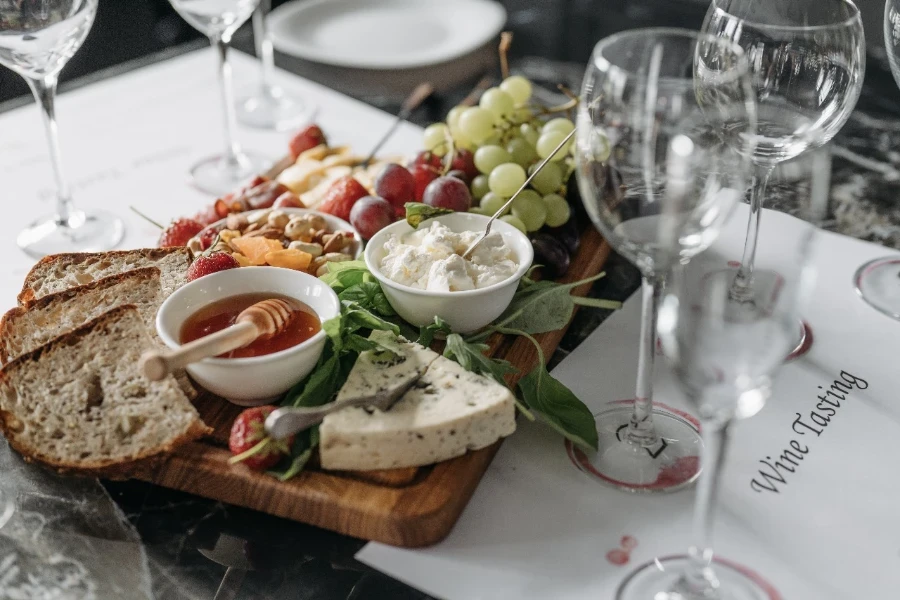
When entering the charcuterie field, businesses must watch evolving market preferences and consumer trends. The following are four innovative trends that could set them apart:
1. Teak wood boards
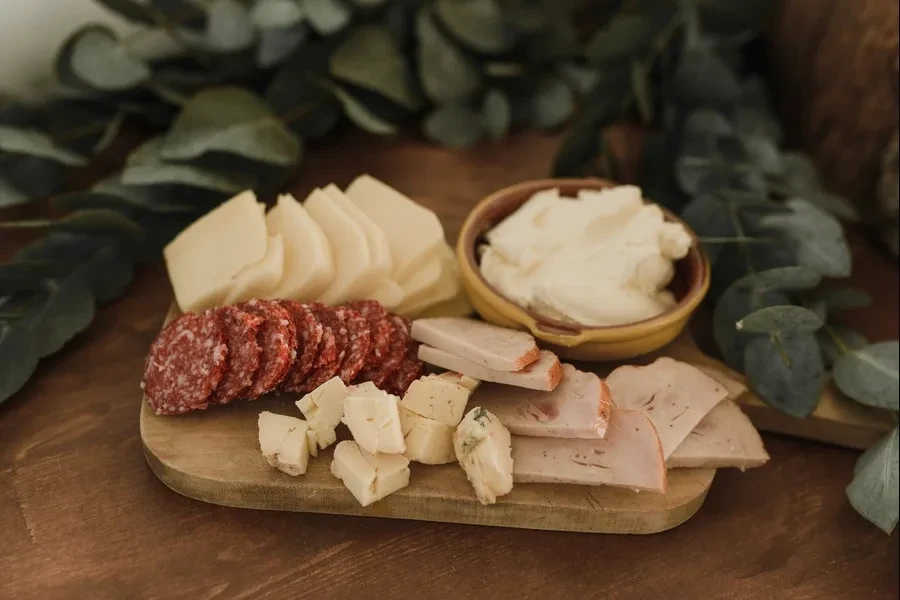
Choosing sustainable materials like teak wood is a great place to start when stocking charcuterie boards. Its naturally hygienic traits make it ideal for busy and wet environments. These boards have infused mineral oils to maintain durability. These oils also act as natural insect repellants, enhancing the wood’s longevity.
Their attractive grain pattern and golden-brown color bring elegance to otherwise ordinary meals. And let’s not forget – teak wood is one of the simplest materials to clean and wipe off the mess. This makes it a practical choice for prospects who prefer low-maintenance kitchen tools. The board retains its pristine appearance after hundreds of food servings. Its dense and tight grain structure makes it resistant to stains and odor.
The artful appeal of teak wood provides a sophisticated backdrop for a combo of meat, cheese, fruits, veggies, and other seasonings.
2. Walnut wood boards
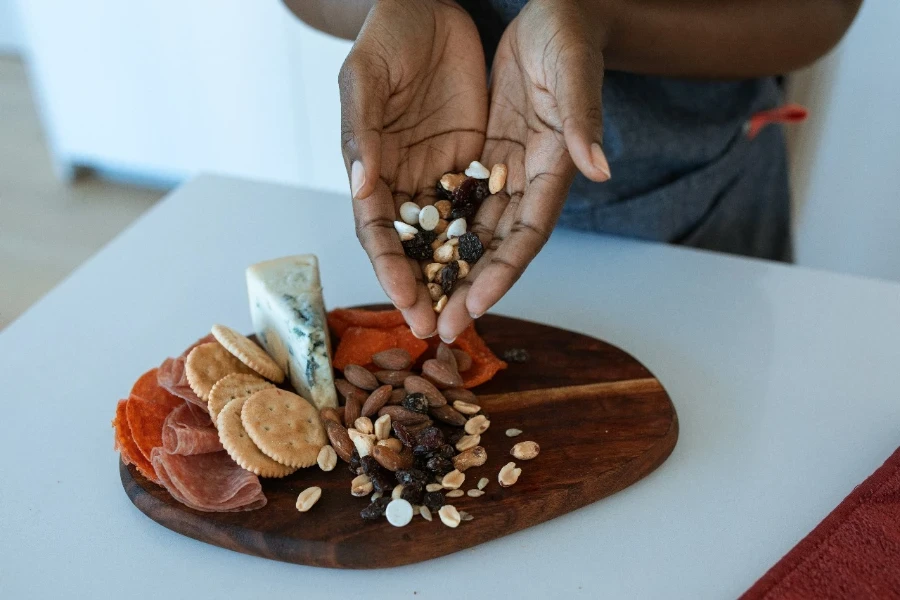
The warm walnut wood tones instantly grab attention when served on a table. Add a creative décor of food items, which will surely get cleared up within minutes!
Generally, walnut wood is prized for its rich brown color and dark-grained patterns. A refined appearance enhances food presentation. Its durability and strength are another perk that tags along. The walnut wooden board is resistant to wear and can withstand regular use, providing longevity to the users.
Charcuterie boards are all about presentation. And walnut wood boards have a timeless appeal that transcends all trends. Its neutral color and dynamic appearance make it apt for various culinary styles. Businesses that are looking to operate in a niche market should definitely give these a try. They can also offer customization options as the smooth wooden surface allows engraving.
3. Acacia wood boards
Acacia wood boards are rightfully called the jack of all trades when speaking of kitchen boards. They are easy to clean, sturdy, and an eco-friendly choice. The wood is less porous, so it doesn’t absorb liquid easily from food. And don’t forget that they make the perfect centerpiece for a table with their luxurious appearance.
Acacia is relatively cost-effective per lineal foot because of the greater sourcing availability. During the manufacturing process, the boards undergo a finishing process. A food-safe dye is used to color the boards and make them pleasing for the onlookers.
A growing minimalist approach to life is another factor that contributes to the popularity of Acacia boards. They can be used at multiple steps in the cooking process, not merely for the food décor. Prospects can make a one-time investment and use these boards to cut their ingredients, pour them into the pots, serve the meals, and contain the food for later use.
4. Marble wood boards
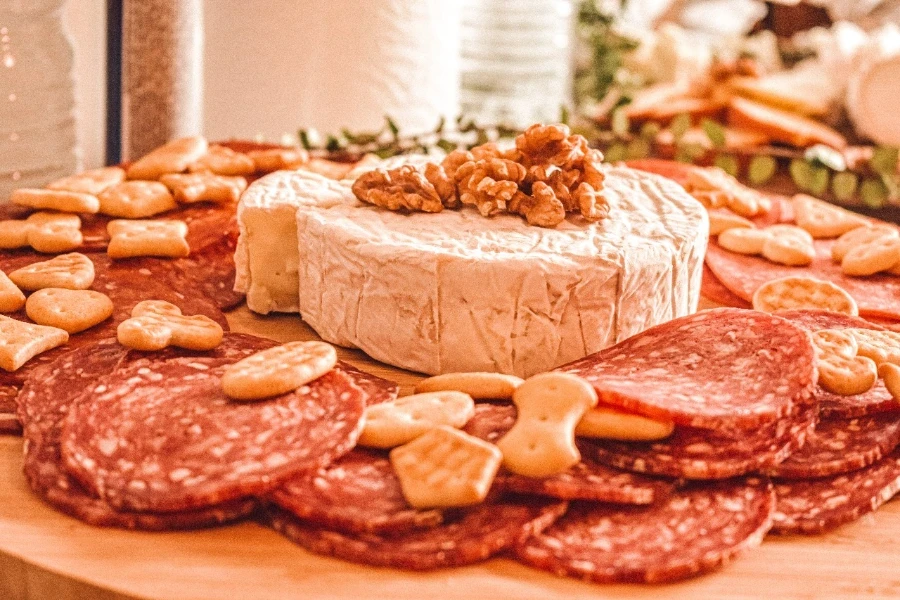
There is a massive variety of marble boards out there. The catchy shapes and quirky styles make them among the best-selling kitchen items. The material is unlikely to warp or crack due to high temperature, which makes it safe to be used as a charcuterie board for hot food items.
Marble has distinguished cooling properties, which means it can be used to serve cheese. Cheese tastes scrumptious when it is served at the right temperature. For instance, soft cheese like Brie tastes best when served at room temperature, while hard cheese like Parmesan is preferred cold. Apart from its temperature-retention quality, marble cheese boards also add a texture to the cheese presentation. This can help people to make visually appealing and flavorful cheese platters.
In this age, people are more concerned about health and hygiene than ever. This is one of the reasons behind the faster adoption of marble boards. The non-porous and smooth surface of marble boards prevents juices from fruits, fish, meat, and vegetables from seeping in. This prevents microorganisms like Salmonella and E. coli from contaminating food.
It is, therefore, safe to state that marble can work as a chic background to display colorful food items. A graceful portrait of delicacies will compel the market for repeat purchases.
Key considerations for selecting charcuterie boards
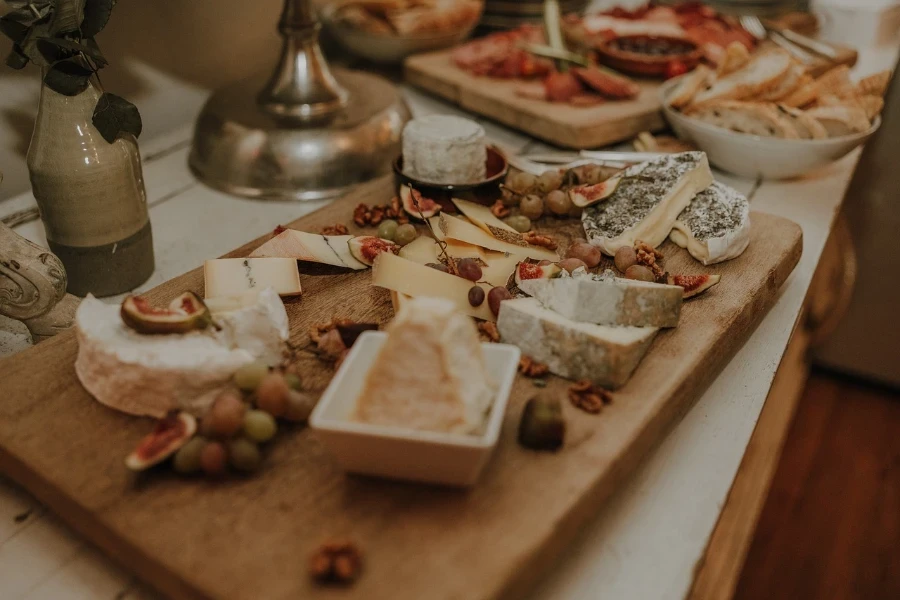
A business that’s planning to invest in charcuterie boards must focus on the following factors:
- Quality: A careful selection of wood helps to stock food-safe and durable boards.
- Variety: Offer multiple shapes and sizes to cater to different customers’ preferences.
- Customization options: Allowing prospects to order personalized engravings or wood/finish of their choice can make a business stand out.
- Current themes and trends: Staying aware of the current charcuterie board trends can help maintain a market-relevant inventory.
- Sustainability: A growing eco-conscious global inclination has escalated the demand for environmentally friendly products. Consider the environmental impact of charcuterie boards in stock to determine their profit potential.
Building a positive reputation in any field takes time. When a business knows how to play the right cards and works consistently, they can eventually reap the rewards of their hard work.
Final notes
People have been enjoying charcuterie boards for centuries, and the trend doesn’t seem to be dying any soon. By investing in these boards, businesses can establish a profitable income source. It is, however, recommended to seek ways to stand out in the market. This requires research, investment, and bearing risks. Explore a world of charcuterie boards on Alibaba.com and enhance memorable culinary moments for your consumers!
